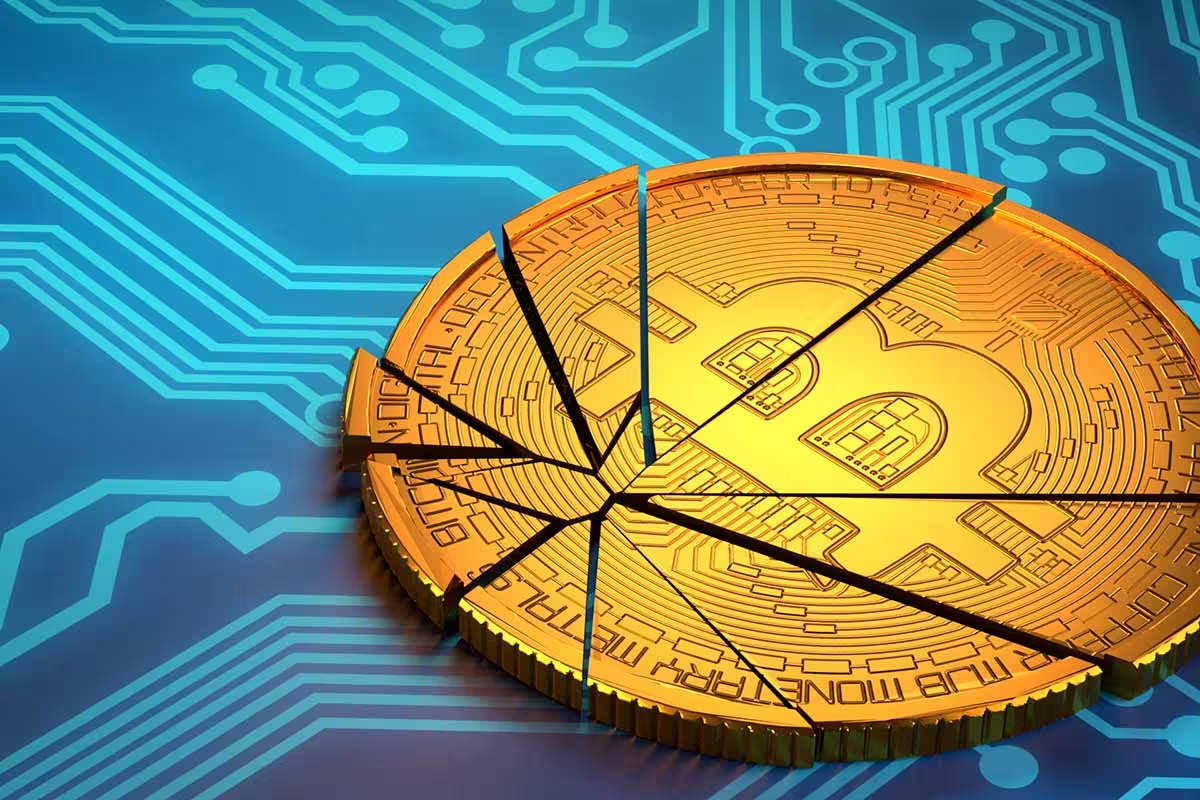Cryptocurrency Market Manipulation: Myth or Reality?
Introduction The cryptocurrency market has been a topic of intense discussion and scrutiny since the inception of Bitcoin in 2009. With its decentralized nature, lack of regulation, and rapid price fluctuations, the crypto market is often perceived as a Wild West of the financial world. One of the most contentious issues within this space is … Read more
